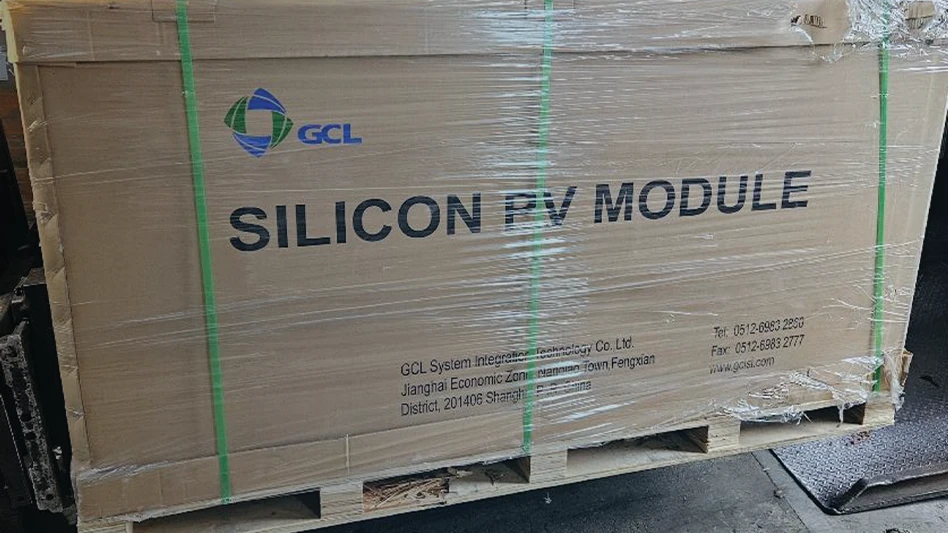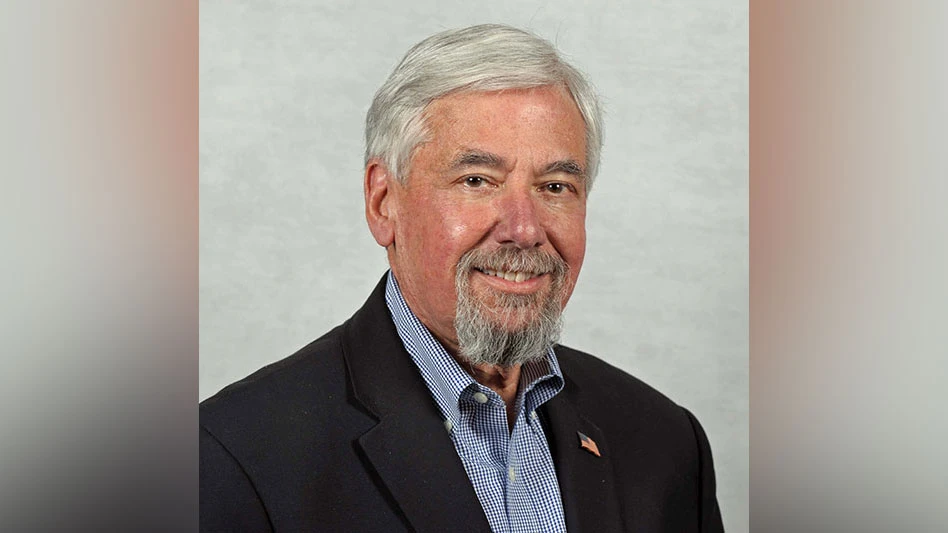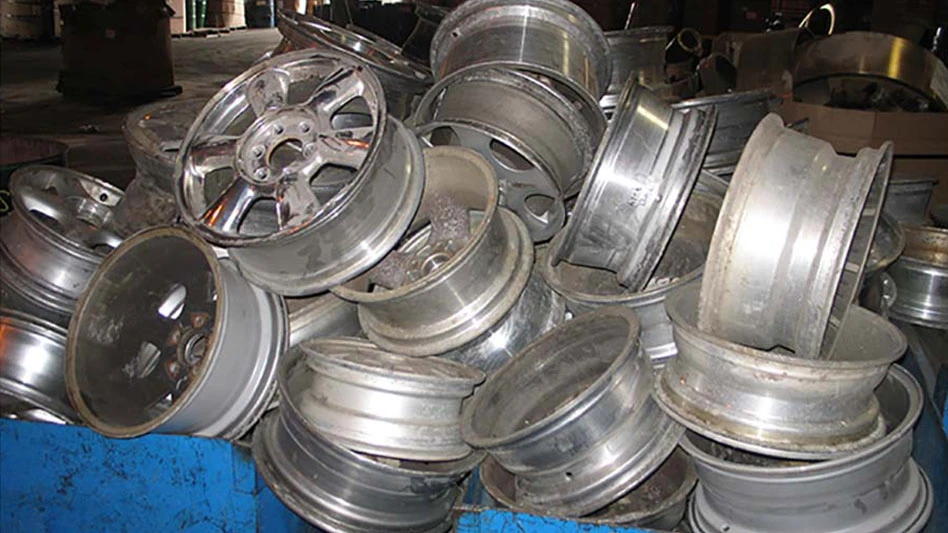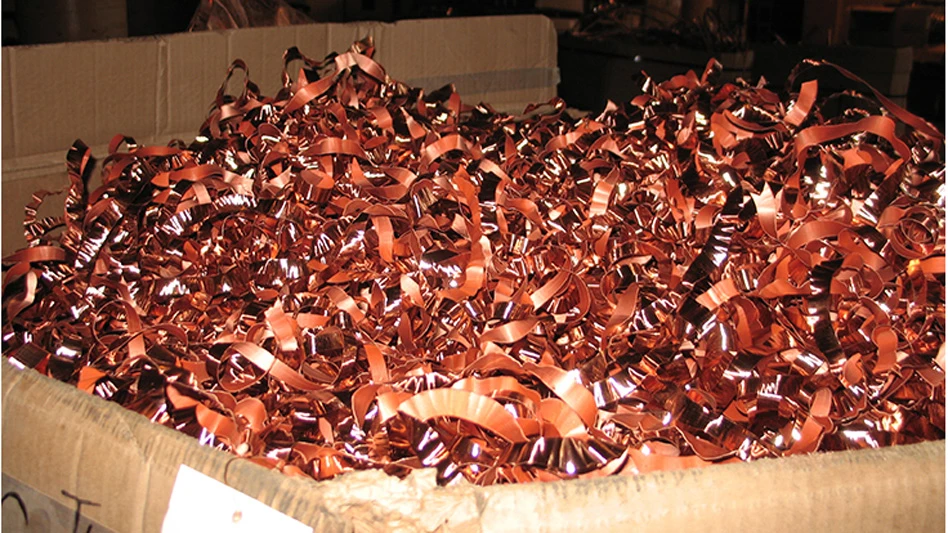
Photo courtesy of Mark Imel, Premier Scrap Processing LLC

Mark Imel views torch cutting as a skill that cannot be learned quickly or easily, but for scrap recyclers, it remains a vital skill as they attempt to downsize large items they otherwise could not process with shredders or shears.
Imel, founder and president of Indianapolis-based Premier Scrap Processing LLC, has watched torching evolve over his 40-year career, gaining firsthand experience along the way. Now, he oversees 72 employees who travel across the U.S. on a year-round basis to perform torchwork at customers’ facilities and remote job sites.
“Without torching, a lot of material couldn’t be processed or sold to a steel mill,” Imel says. “The hoses and the wiring and nonmetallics have got to come off, and then the material’s got to be sized to the right specifications. Without torching, certain things wouldn’t be able to be processed.”
The need for torching services has not faded over the decades, nor has the need to take safety measures. Imel’s torchmen are outfitted from head to toe in personal protective equipment (PPE) when on a job, and Premier conducts thorough preparation work before a single cut is made.
It’s a far cry from Imel’s humble beginnings when he learned the skill. Back in his day, he says, he was lucky to have a pair of safety glasses.
“I wore regular glasses, so I’d just have those on,” he says. “I wore cotton gloves and used a 2-foot torch, and that was about it. Maybe I’d wear a long-sleeved shirt. I never had any other safety gear.”
Cutting large items ranging from steel beams to obsolete equipment while using highly flammable gasses can make torching a dangerous job, but prep work and adhering to safety guidelines can make that job run more smoothly.

Setting the scene
Before torching can begin, Imel says he schedules a site visit with each customer and takes plenty of photos to share with the team that will be performing the work. He adds that it is important to “figure out what the lay of the land is like.”
“We’re doing our due diligence on the material,” he says. “Is it going to be a muddy mess, or is it a good, clean facility? What kind of equipment is going to be around to help us move material? Those are all really important aspects.”
Open communication between the torch crew and the customer is key, Imel says, especially when it comes to safety protocols. He says his company always makes sure a customer has adequate fire protection and contacts its local safety department. Premier also gets a list of all a customer’s emergency contacts and the site evacuation plan.
“That way, if something happens, [the torch crew] will know what to do,” Imel says. “Communication and safety are the two really big things you have to know when walking into a project. And always be clear of what the customer’s expectations are and what the torcher’s expectations are so there aren’t any issues.”
If Premier is providing the gasses used for a torching job, such as propane or liquid oxygen, the company will seek out the site’s nearest vendor.
With the work being performed outdoors in all types of weather, Imel recommends site operators maintain a clean working area free of loose scrap that can trip up a torchman or snag his equipment.
“You want to make sure you’re working someplace where the customer understands [the ground needs to be clear] and they’re consistently on top of that,” Imel says, adding that the customer should be managing the work area, making sure the field is clean and items are spread out in an orderly fashion.
Imel describes an ideal work area as having enough space between items being torched so that the crew can safely walk around the pieces being cut.
“It is like you’re at a grocery store; you just make aisles,” he says. “That way you can walk up and down the aisles, do your thing and be out of the way.”

Keeping safe
The size of a torch crew can vary depending on the job, but Imel says Premier always sends at least two people to a site.
Safety is the top priority on any job, he says, and his torchmen are outfitted with the proper training and gear to ensure the best outcome.
While a pair of gloves and his own glasses served as adequate PPE in Imel’s formative years in the scrap industry, times have changed. Premier arranges preemployment physicals to make sure candidates are fit for work, and employees receive respirator tests to measure their capability to wear that piece of equipment, as well as hearing tests and lead tests. Once on staff, physicals, hearing and lead tests are performed on employees annually.
Premier does everything it can to comply with safety regulations outlined by the Occupational Safety and Health Administration (OSHA), such as keeping liquid oxygen and propane as far apart as possible and using the appropriate flashbacks or flow resistors so the gasses can’t flow backward. Each torcher also wears OSHA-approved PPE.
While on the job, Premier’s torchmen wear boot protectors and spats to protect their feet and legs, a head-covering similar to those used by firefighters, a jacket, a respirator, a face shield, safety glasses, a hard hat, hearing protection and leather gloves.
“To outfit a torcher, including with the torch, it is probably $1,500 just to put somebody out in the field, and that doesn’t include hoses and repair parts, any of that type of stuff,” Imel says.
Time to cut
Imel says he has teams cutting at about 10 different locations. In addition to detailed prep work and ensuring each torchman has the proper PPE, each team brings hoses, torches, torch tips, a hose repair kit and spare safety equipment. Each individual brings at least one 100-foot hose, while a bigger job might require 200-foot hoses that keep torchers further away from items that are being cut.
Torching is a dangerous job, and Imel says he “learned how to cut some really [tough] things the hard way, and that wasn’t any fun.”
He adds that the approach to cutting varies and will depend on the material in question, comparing the process to “eating an elephant.”
“You take one bite at a time,” he says. “You should have your cuts planned so that whatever that last cut is, you’re out of the way of something potentially falling or snapping apart or jerking apart and hitting you.”
Awareness of surroundings makes a big difference when cutting.
“The best practice is just being safe, just being aware of everything around you and everybody that’s around you,” Imel says. “Take your time and think about each cut you make, because it could be really dangerous. I’ve seen people get hurt really bad.
“Make sure you wear all the safety equipment,” he continues. “Make sure the conditions you’re working in are safe and cleaned up so you’re not tripping over stuff. You’re wearing a dark face shield, so it can be hard to see things, and you can easily trip over foreign objects or things that aren’t picked up.”
Over four decades, Imel has seen plenty of practices that should be avoided, such as torchmen attempting to cut into propane and gas tanks, others not wearing the proper PPE and cases of people trying to cut an item while standing in a dangerous place where the material could hit them once it comes apart.
“It’s people just kind of rushing into it and not thinking about what they’re doing,” he says. “Most good cutters out there, they’ve done it for so long and they’ve cut so many things that they know where to begin and where to end at. They don’t just rush right into it.”

What lies ahead
Torching remains vital for scrap recyclers, but Imel says innovation could change the practice. He points to the potential use of hydrogen fuel and says, down the road, there could be a way to capture the smoke emitted from torching with a hood to prevent it from entering the atmosphere.
In addition, he says there eventually could be places on a job site where runoff such as oil and grease can be captured when obsolete equipment is being torched, though draining that equipment is required in advance. “[That technology] may be minimal now, but that’s something we’ll have to look at in the future,” he says.
He adds, “The easiest thing right now is to capitalize on hydrogen energy and capitalizing on any way you can capture the smoke or the fugitive dust or fugitive smoke and contain it. That’s probably our biggest challenge going forward and probably our best place to start.”

Explore the March 2023 Issue
Check out more from this issue and find your next story to read.
Latest from Recycling Today
- California EPS ban will be enforced
- YKK AP America introduces BetterBillet
- Fresh Perspective: Cameron Keefe
- Nexwaste acquires 3 Texas businesses
- Maryland EPR bill awaits signature
- ABTC sells Fernley, Nevada, property
- Aqua Metals developing LFP recycling process
- RMR ceases shredding operations in Newport, Kentucky








